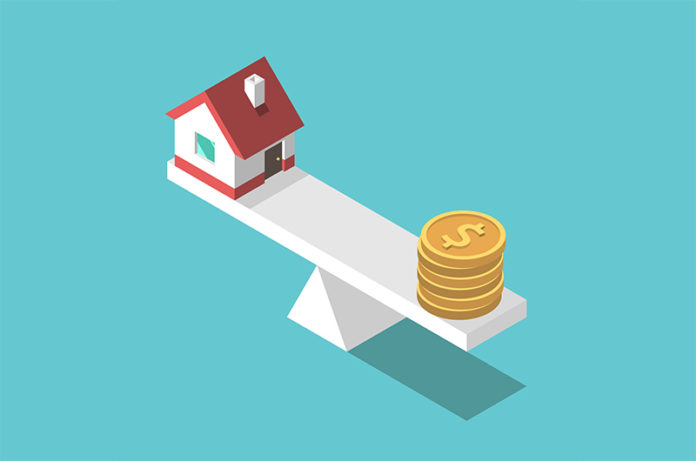Stamp duty: what exactly is this vaguely named tax that summons up images of Renaissance blacksmiths making fire insurance plaques? Today we’ll talk about the ins and outs of stamp duty in an attempt to help you feel well and truly enlightened on this particular form of taxation.
A Quick History
Lo and behold, our assumption at Aspiring Accountants was indeed correct! Stamp duty is a form of taxation that was first introduced in the late 17th century as a means of raising capital for one of the many Anglo-French wars. Although initially established as a temporary tax, stamp duty eventually made its way into the mainstream. And what’s with the name? The necessary documentation required an official stamp to indicate you were all paid up on this particular tax (we’ll give ourselves half a point for that one).
Stamp duty is a form of taxation for land and property in England and Wales (Scotland have another form called the Land and Building Transaction Tax – an arguably much clearer title). Simply, if you’re buying a property worth more than £125,000, you have to pay Stamp Duty Land Tax (SDLT); however, there are several rates for stamp duty. Let’s outline these:
Rate 1 Example
Sale price between £125,001 and £250,000 = 2% stamp duty tax.
On a property sold for £230,000, you’ll pay a stamp duty tax of £2,100.
Rate 2 Example
Between £251,000 and £925,000 = 5% stamp duty tax.
On a property sold for £602,500, you’ll pay a stamp duty tax of £20,125
This breaks down into:
The first £125,000 is taxed at 0% = £0
Between £125,001 and £250,000 stamp duty is 2% = £2,500
The remaining £352,500 (£602,500 – £250,000 = £352,500) is taxed at 5% = £17,625
£2,500 + £17,625 = £20,125 stamp duty tax.
Rate 3
Between £925,001 and £1.5 million = 10% stamp duty tax.
Rate 4
Properties over £1.5 million = 12% stamp duty tax.
Additional Rates
If you’re lucky enough to be thinking about a second home, go straight ahead and add an extra 3% on each of the aforementioned stamp duty rates.
Loopholes
As with many of the UK’s tax laws, there are ways to game the system on a second house. However, we don’t advise doing so. Below, we outline the ways some avoiders get around the stamp duty system.
Option One: Sell your 1st house within Three years
Change your primary residence to the new house purchase and sell the old house within three years and you can get a refund on the extra 3% stamp duty tax you paid on the new crib.
Option Two: Mixed use property
By purchasing a second property and having it deemed “for mixed-use you can drop some of the additional percentage rates. If deemed “for mixed use,” £0 to £150,000 becomes stamp duty free; £150,001 to £250,000 takes on a 2% stamp duty charge (as opposed to 5%); and everything above £250,001 is charged at a flat 5% stamp duty rate. HMRC define mixed use as a property that includes residential and non residentials elements – a plot of land tied in for genuine agricultural use would most likely change the property’s status to “mixed use.”
Do you have a passion for property tax? A career in accounting might be the perfect choice for you. Contact Aspiring Accountants today to find out how to get started in the accounting industry.


















